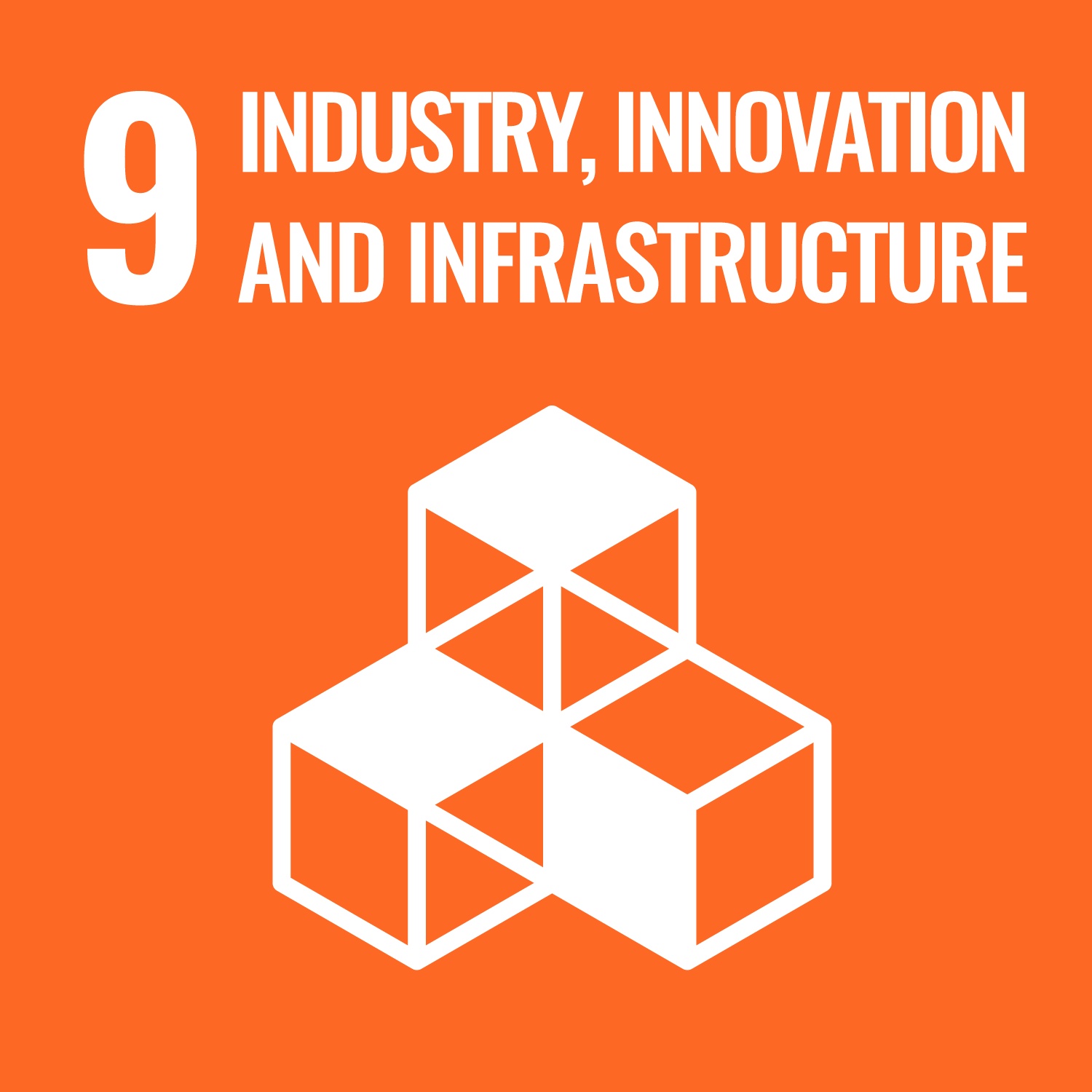This course is a practical course in which you will learn the impact of descriptions on performance by programming using
libraries and system calls, which are APIs that call the functions of the operating system (hereafter abbreviated as OS),
which is the lowest layer of software, and the basic principles that support advanced and complex systems.
Those advanced and complex IT systems that support today's information technology are supported by advanced computer systems. Computer systems are not only made up of multiple CPUs, but also various accelerators, and are becoming more advanced and complex in the form of parallel and distributed systems. The software infrastructure that supports these computer systems includes communication middleware and operating systems.
The lectures include practical exercises, and cover topics such as files that handle variable-length data, multitasking, signals, and multithreading development, as well as network socket programming that applies these techniques, and the development of multitasking servers as an integrated technology. Through these practical exercises, etc., you will understand software development that achieves advanced sharing of memory and CPUs, high-performance servers, cloud systems, etc. You will learn about the efficient use of computer resources and reliability.
Those advanced and complex IT systems that support today's information technology are supported by advanced computer systems. Computer systems are not only made up of multiple CPUs, but also various accelerators, and are becoming more advanced and complex in the form of parallel and distributed systems. The software infrastructure that supports these computer systems includes communication middleware and operating systems.
The lectures include practical exercises, and cover topics such as files that handle variable-length data, multitasking, signals, and multithreading development, as well as network socket programming that applies these techniques, and the development of multitasking servers as an integrated technology. Through these practical exercises, etc., you will understand software development that achieves advanced sharing of memory and CPUs, high-performance servers, cloud systems, etc. You will learn about the efficient use of computer resources and reliability.
The aim of this course is to understand the concept of system calls, which are an API for the operating system, and to acquire
the technical skills to use them effectively.
In order to learn the technology for constructing advanced systems, it is necessary to understand the programming that abstracts the CPU and memory of the operating system, such as files, multitasking, signals, and multithreading, which are basic software technologies. In this class, based on this understanding, we will work on implementing techniques to evaluate performance and improve it. In addition, we will develop socket programming to realise virtual networks and multitasking servers that integrate these. Through this practical training, we will aim to gain a deeper understanding of software development that achieves high-performance servers, cloud computing and middleware, by understanding how to efficiently use computer resources, such as advanced sharing of memory and CPU.
In order to learn the technology for constructing advanced systems, it is necessary to understand the programming that abstracts the CPU and memory of the operating system, such as files, multitasking, signals, and multithreading, which are basic software technologies. In this class, based on this understanding, we will work on implementing techniques to evaluate performance and improve it. In addition, we will develop socket programming to realise virtual networks and multitasking servers that integrate these. Through this practical training, we will aim to gain a deeper understanding of software development that achieves high-performance servers, cloud computing and middleware, by understanding how to efficiently use computer resources, such as advanced sharing of memory and CPU.
- Understand and be able to implement the concepts of UNIX fundamentals, libraries, and system calls, which are the API of the operating system.
- Understand programming that abstracts the CPU and memory of the OS, such as stream processing, files, multitasking, signals, and multithreading, which are essential for advanced information processing, and be able to evaluate and improve performance.
- Understand network programming using socket communication and be able to design multitasking servers and clients.
- Design and implement multitasking servers that share variable-length data between clients in multitasking servers using socket communication.
| 演習レポート | 最終開発課題 | Total. | |
|---|---|---|---|
| 1. | 30% | 0% | 30% |
| 2. | 30% | 0% | 30% |
| 3. | 10% | 15% | 25% |
| 4. | 0% | 15% | 15% |
| Total. | 70% | 30% | - |
Evaluation method: 100 points for exercises and reports, with a total score of 60 points or more required to pass.
Evaluation criteria: 60 points for completing exercises and reports appropriately.
Evaluation criteria: 60 points for completing exercises and reports appropriately.
| Class schedule | HW assignments (Including preparation and review of the class.) | Amount of Time Required | |
|---|---|---|---|
| 1. | Introduction | Overview of history, etc., setup (Ubuntu setup, starting up terminal software, using ssh, scp) | 100minutes |
| 2. | Understanding of the standard C library and development environment, which are the basis for advanced programming | Practical training using the distributed PDF, programming creation | 150minutes |
| Exercise | |||
| 3. | What is stream processing? Understanding of basic programming for handling variable-rate data, string manipulation, file input/output File (high-level file) Performance evaluation (development of analysis software) |
Practical training using the distributed PDF, programming creation | 100minutes |
| Exercise | 100minutes | ||
| 4. | Process Control as the Basis for Multitasking Process - What is Multitasking? - Process Control |
Process Control as the Basis for Multitasking | 100minutes |
| Exercise | 100minutes | ||
| 5. | Thread control, the basis of multi-threading Thread programming (1) What is multi-threading? Multi-threaded programming |
Practical training using the distributed PDF, programming creation | 100minutes |
| Exercise | 100minutes | ||
| 6. | Thread control, the basis of multi-threading Thread programming (2) Avoiding deadlocks using locks and mutual exclusion |
Practical training using the distributed PDF, programming creation | 100minutes |
| Exercise | 100minutes | ||
| 7. | Techniques for implementing asynchronous distributed programming Time, interrupts, signals |
Practical training using the distributed PDF, programming | 100minutes |
| Exercise | 100minutes | ||
| 8. | Basic understanding of network implementation techniques Socket programming (1) ・Client-server communication ・Developing client programs |
Practical training using the distributed PDF, programming | 100minutes |
| Exercise | 100minutes | ||
| 9. | Basic understanding of network implementation technology Socket programming (2) ・Server program development ・Client-server program development |
Practical training using the distributed PDF, programming | 100minutes |
| Exercise | 100minutes | ||
| 10. | Understanding the application of network implementation technology Socket programming (3) ・Advanced socket programming ・Network programming (multitasking server) |
Practical training using the distributed PDF, programming | 100minutes |
| Exercise | 100minutes | ||
| 11. | Understanding the application of network implementation technology Discussion of ideas for multitasking server services using sockets |
Design | 200minutes |
| 12. | Practical Development Multitasking server service using sockets, design and implementation |
Development | 200minutes |
| 13. | Practical Development Multitasking server service using sockets, design and implementation |
Development | 300minutes |
| 14. | Practical Development Multitasking server service using sockets, presentation |
Presentation of the program created, submission of a report | 300minutes |
| Total. | - | - | 2850minutes |
| ways of feedback | specific contents about "Other" |
|---|---|
| 授業内と授業外でフィードバックを行います。 | 課題やレポートで提出した内容について,基本的には授業中,もしくは次の授業などで解説を行う.授業以外で不明なことは Slack などで対応する. |
1. Introduction to UNIX System Programming in C, Kiyotaka Kono, Ohmsha, 2003
2. Unix/Linux Programming: Theory and Practice, Bruce Molay, translated by Takahiro Nagao, ASCII, 2008
Reference book: ‘Magical C Programming Exercises’, Kimio Kuramitsu, Corona Shoten
2. Unix/Linux Programming: Theory and Practice, Bruce Molay, translated by Takahiro Nagao, ASCII, 2008
Reference book: ‘Magical C Programming Exercises’, Kimio Kuramitsu, Corona Shoten
- Course that cultivates an ability for utilizing knowledge
- Course that cultivates a basic self-management skills
- Course that cultivates a basic problem-solving skills
| Work experience | Work experience and relevance to the course content if applicable |
|---|---|
| Applicable | I will convey my experience and applications in lectures from a broad perspective. |



- 4.QUALITY EDUCATION
- 9.INDUSTRY, INNOVATION AND INFRASTRUCTURE
- 17.PARTNERSHIPS FOR THE GOALS
Last modified : Tue Mar 18 04:07:02 JST 2025
